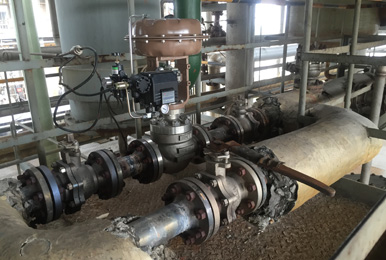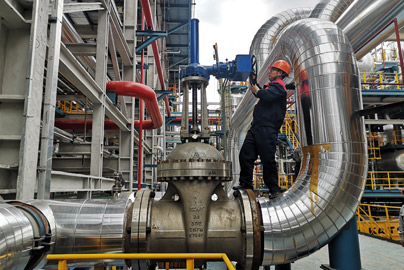Gear plays a pivotal role in the world of machinery and engineering, facilitating the smooth transfer of motion and force between different parts of a system. Whether you’re a professional mechanic, an engineer, or a DIY enthusiast, understanding the types and applications of gears can significantly impact the efficiency and functionality of your projects. In this guide, we’ll explore various gear types, their uses, and their importance in different industries, including their interaction with geomembrane applications.
What are the main types of gears?
The primary types of gears include:
- Spur Gears: These are the most common type, characterized by their straight teeth that mesh parallel to the axis of rotation. They are used in a wide range of applications, from clocks to machinery.
- Helical Gears: These gears have teeth that are cut at an angle, allowing them to mesh more smoothly than spur gears. They are commonly used in automotive transmissions and high-speed applications.
- Bevel Gears: These gears are designed to change the direction of rotation. Their teeth are cut on an angle, allowing them to transfer power between shafts that are not parallel.
- Worm Gears: Consisting of a worm (a screw-like gear) and a worm wheel, these gears provide a high reduction ratio and are used where large gear reductions are required in a compact space.

How do gears impact the performance of machinery?
Gears are crucial for translating input motion into desired output motion and force. They affect the efficiency, speed, and torque of machinery. Properly designed gear systems ensure smooth operation, reduce wear and tear, and enhance the overall performance of mechanical systems. Misalignment or poor gear design can lead to inefficiencies, excessive noise, and potential equipment failure.
What role do gears play in the application of geomembranes?
In the context of geomembrane applications, gears are often used in machinery that handles or installs geomembranes, such as welding machines and rollers. Geomembranes are synthetic liners used to control fluid or gas migration in various engineering projects. The precise and reliable operation of gear systems in these machines ensures accurate placement and welding of geomembranes, which is crucial for the integrity and performance of containment systems.
How can I maintain and optimize gear systems for longevity?
To maintain and optimize gear systems, consider the following practices:
- Regular Lubrication: Ensure that gears are properly lubricated to reduce friction and wear. Use the correct type of lubricant as specified by the gear manufacturer.
- Check for Wear and Tear: Periodically inspect gears for signs of damage or excessive wear. Replace worn gears promptly to avoid further damage to the system.
- Proper Alignment: Ensure that gears are correctly aligned to prevent uneven wear and improve efficiency. Misalignment can lead to increased noise and reduced lifespan.
- Cleanliness: Keep the gear system clean to prevent the ingress of contaminants that can cause damage and reduce performance.
Understanding and maintaining gears is essential for the efficient operation of various mechanical systems. By familiarizing yourself with the different types of gears and their applications, you can ensure optimal performance and longevity of your machinery. In specific applications such as those involving geomembranes, gears play a critical role in ensuring accurate and reliable operation of equipment used for installation and handling. Proper care and maintenance of gear systems will contribute significantly to the success of your projects and the durability of your machinery.
